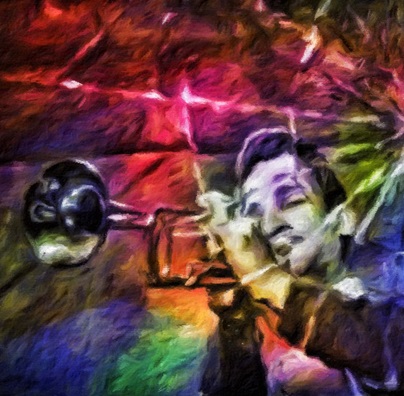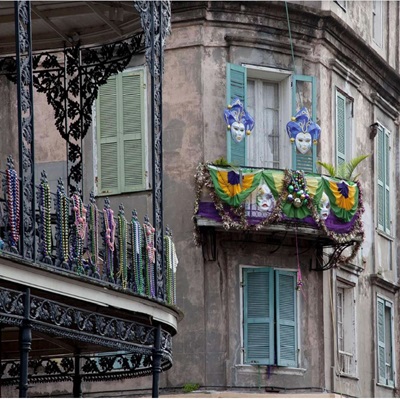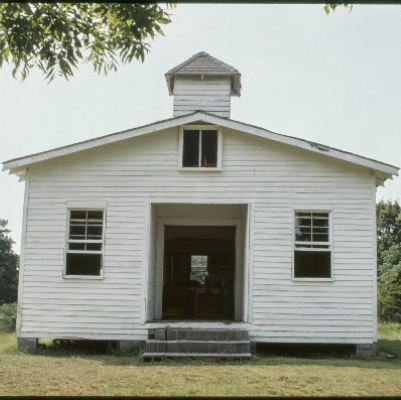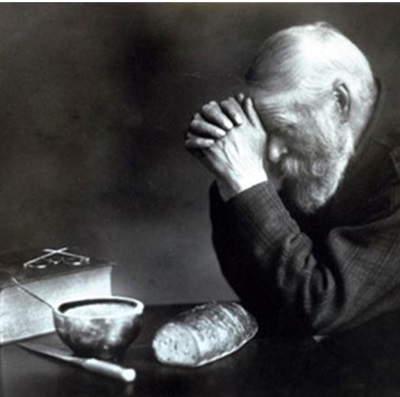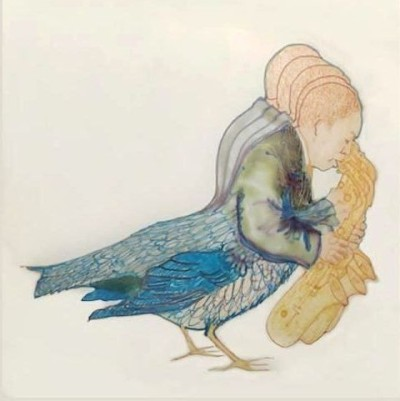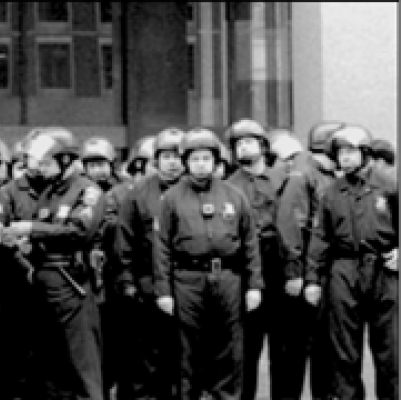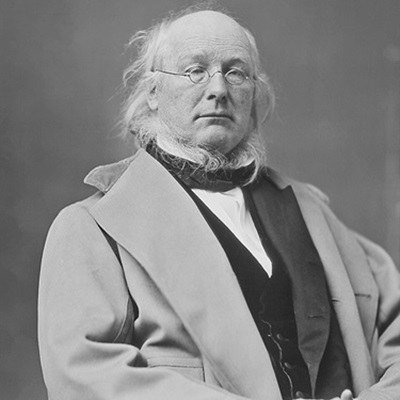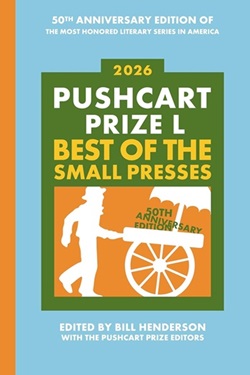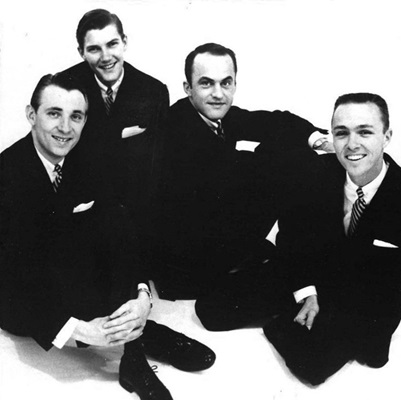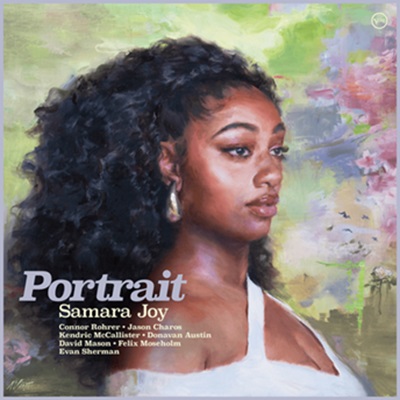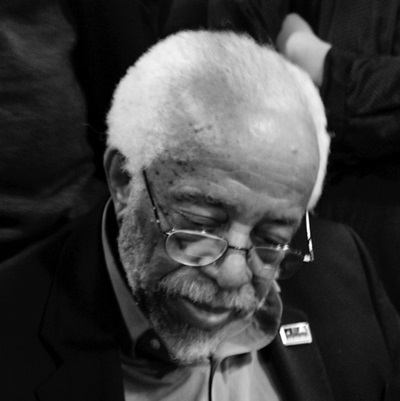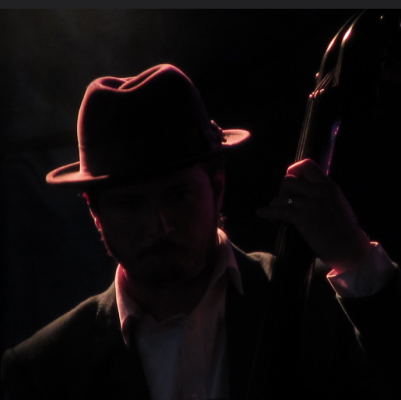.
.
“After the Death of Margaret: A True Novella” was a short-listed entry in our recently concluded 64th Short Fiction Contest, and is published with the consent of the author.
.
.
___
.
.
photo by Pedro Coelho/Deviant Art/CC BY-NC-ND 3.0 DEED

.
After The Death of Margaret: A True Novella
by S. Stephanie
.
___
.
Chapter 1
After the death of Margaret,
there was no watermelon, no sugar you might say, especially if you were from the 70s and had read as many Brautigan novels as we all had. There was guilt. Plenty of guilt to go around. And each of us was handed our piece the way one might be handed a slice of pie.
I’ll tell you about it. But first, let’s take a step back to see who Margaret was before the death, and where we were all standing.
.
Chapter 2
Before she died,
Margaret worked at University X. I say X because it was one of those Universities that changed hands a lot. It was started by the Doughman Brothers. They were Benefactors and Fathers of the town. But as their children did not follow in their footsteps, the University became a bar of soap that slipped through the hands of corporations several times, until it became nothing but a bubble that slid down the town’s drain. But at its peak, Margaret began working there.
Margaret was not handsome, or pretty, or particularly noticeable. But she was witty. And she did know her history. She dressed like she worked at a University X. She worked hard like all University X employees work. And she told us stories. Stories about the Town Fathers and the Town’s Inner Workings and its Mice. We loved listening to these. She told them with relish, and sometimes she told them over and over again. But we forgave her because when she told them she laughed, and she made us feel we were part of an inside joke.
.
Chapter 3
When Margaret was diagnosed with nystagmus
many of us said, Oh, too bad Margaret! or Sorry to hear that Margaret! But then we said nothing. Not even when it was apparent that her rapid eye movements were worsening. Not even when we could not look her in the eye anymore for fear our own eyes would shake.
.
Chapter 4
My husband was never good at using a computer,
so on occasion invited Margaret over the house to fix things he perceived wrong with his. Margaret would fix it, then they would tell stories in the study and drink. They both liked a cold beer with a Jack Daniels chaser. Once, Margaret even took photographs of one of my books for me. I needed it for a publisher, and it turned out she was better at photography than I was. Who knew? That was the thing about Margaret. She was always popping up with a skill that surprised people. After her death some of us wondered why we were so surprised at her many skills. Why we didn’t just assume she had them.
.
Chapter 5
Margaret went to other’s homes
and helped them with their computers, their photography needs, and even fixed one of their vacuum cleaners.
.
Chapter 6
Just before University X became the Final University X
they fired the entire maintenance and cleaning staff. They then brought in an outside company to clean the offices and classrooms. Some of the staff had been there for 20 plus years. Ralph was one of them. Two months after being let go, Ralph had a fatal heart attack. Some of the University X employees took up a collection for his wife. But Margaret was truly sad about his death. She remembered celebrating his promotion to Head of Maintenance eight years earlier. And she remembered sharing many stories with him.
.
Chapter 7
When the Final University X fired all the teachers who did not have PHDs
my husband saw the writing on the wall. His own job was not in danger, but he knew how thin the bar of soap was becoming, how slippery the halls of University X were. He found another job with a Good University. Margaret, because she had no PHD, was fired from teaching. But, because she was so good at fixing computers she was given a job in IT. She considered herself lucky. Her nystagmus seemed stable, her pay was stable; she continued telling her stories to the new staff. Finally, the University X Bookstore was dismantled and went virtual. And as this is where I worked all this time, I was let go. I did not see Margaret again for several years.
.
Chapter 8
Apparently, the Final University X dissolved
and along with it, Margaret’s stories, the employee Christmas Parties, and the Friday Night Gatherings downtown at the Sports Club Bar and Grille. But that was not the death of Margaret. Not quite yet.
.
Chapter 9
A year later
I saw Margaret at a BBQ organized by one of the ex-employees of University X. No one else showed up at the BBQ except Margaret and some ex-secretary I didn’t know.
When I asked Margaret what she was up to for work, she said she was consulting and went on to tell a story about one of the Mice in the town back in 1956. It was a long story, but it was a good one.
.
Chapter 10
About a year after that, one day on Facebook
I scrolled upon Margaret’s obituary. Several “friends” were posting their shock and condolences. What happened, I too posted in disbelief.
.
Chapter 11
It turns out that after Margaret lost her job
she went to live in the garage at the airport. But it was winter, so she decided to walk to Florida. (Someone said she had once told a story about an Aunt who lived there.) When the police found her in a snowbank they took her to the local hospital. She did not die there. Her story goes on for about another year. But for some of us, this is where Margaret died. Right here, in this snowbank. A snowbank we will never be able see over. This is where we were left standing. No watermelon, no sugar, no shovel.
.
.
___
.
.

S Stephanie’s poetry, fiction and book reviews have appeared in many anthologies and literary magazines such as, Birmingham Poetry Review, Café Review, Cease, Cows, Clover & Bee, Hole in the Head Review, Iowa Review, One, Rattle, St. Petersburg Review, Southern Indiana Review, The Southern Review, The Sun, Third Coast, and Turtle Island Review. She has published three collections of poetry. She holds an MFA from Vermont College of Fine Art and teaches poetry and writing on both the community and college level. She lives in Rollinsford, New Hampshire, where she works at a local hardware store. (She also respects cats).
Click here to visit her website
.
___
.
.
Click here to read “The Old Casino,” J.B. Marlow’s winning story in the 64th Jerry Jazz Musician Short Fiction Contest
Click here for details about the upcoming 65th Jerry Jazz Musician Short Fiction Contest
Click here to subscribe to the Jerry Jazz Musician quarterly newsletter (it’s free)
Click here to help support the continuing publication of Jerry Jazz Musician, and to keep it commercial and ad-free (thank you!)
.
.
___
.
.
Jerry Jazz Musician…human produced (and AI-free) since 1999
.
.
.






